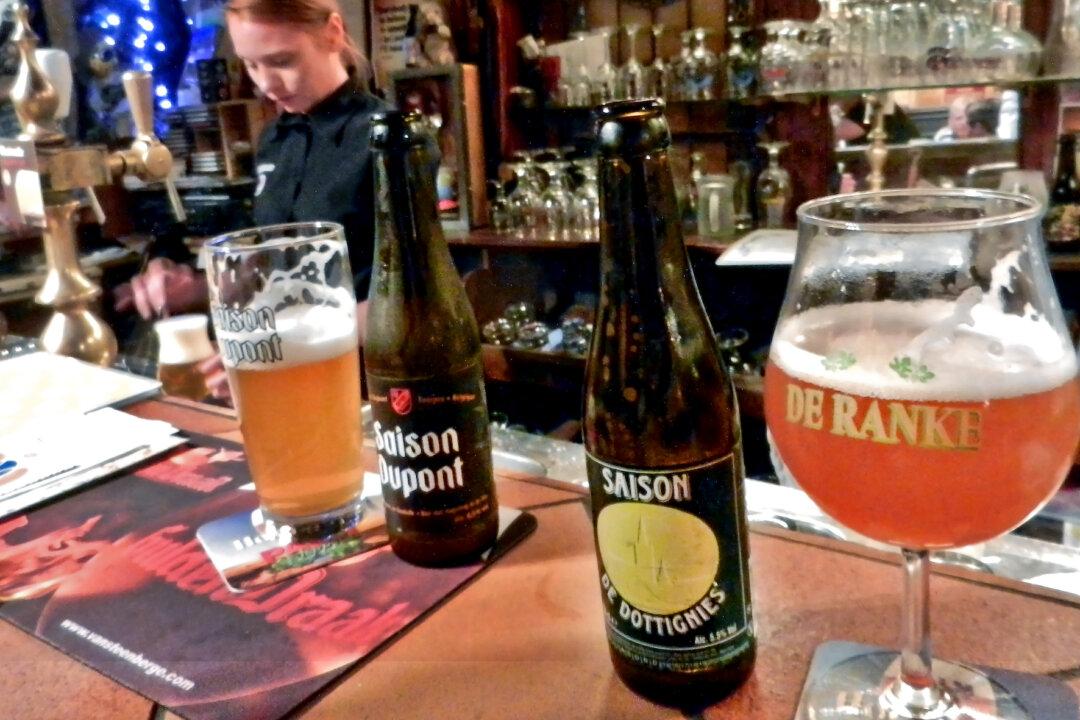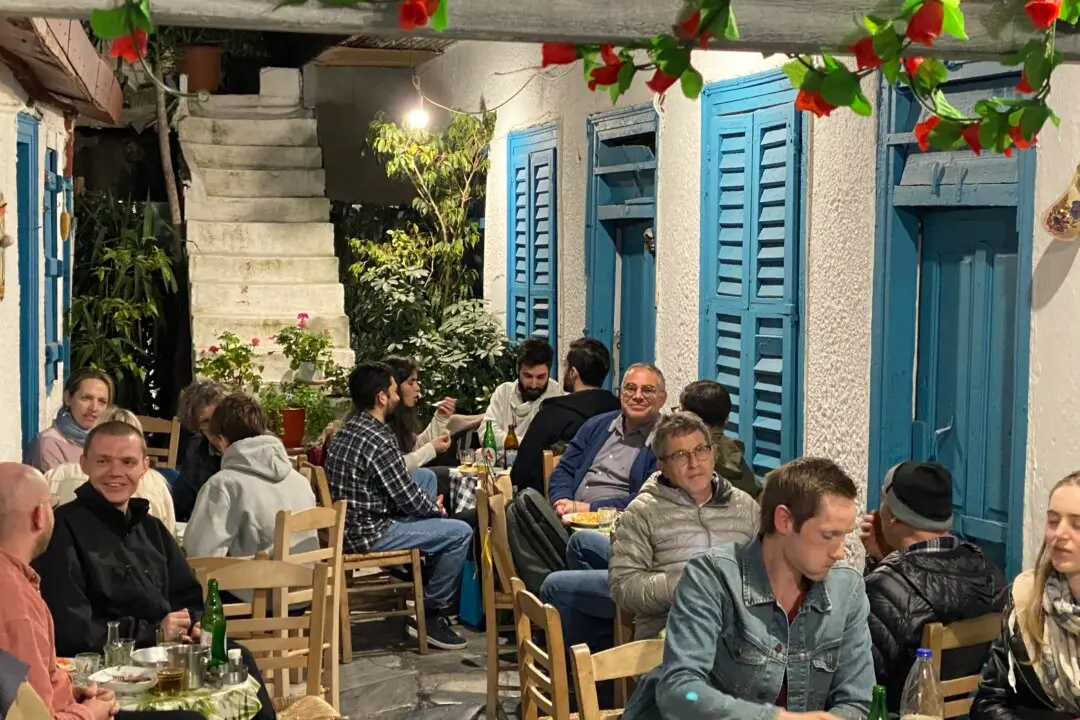One night a few years back, I found my way home, a little tipsy after an evening in the Belgian town of Bruges. I’d been at my favorite bar in town, the ’t Brugs Beertje, where not only did I get schooled in the many varieties of local beer, but also learned a few things about modern-day Belgian life.
I was a bit down on Bruges after a long day of visiting every sight in town. It’s inundated with tourists, especially when a cruise ship is docked (10 miles north in Zeebrugge). It seems nothing here is “untouristy.” The growing affluence in places like Belgium, the Netherlands, and Denmark brings predictability and homogeneity, along with high prices. It took staying out late and enjoying a couple of beers to jolt me back into a positive mindset.





